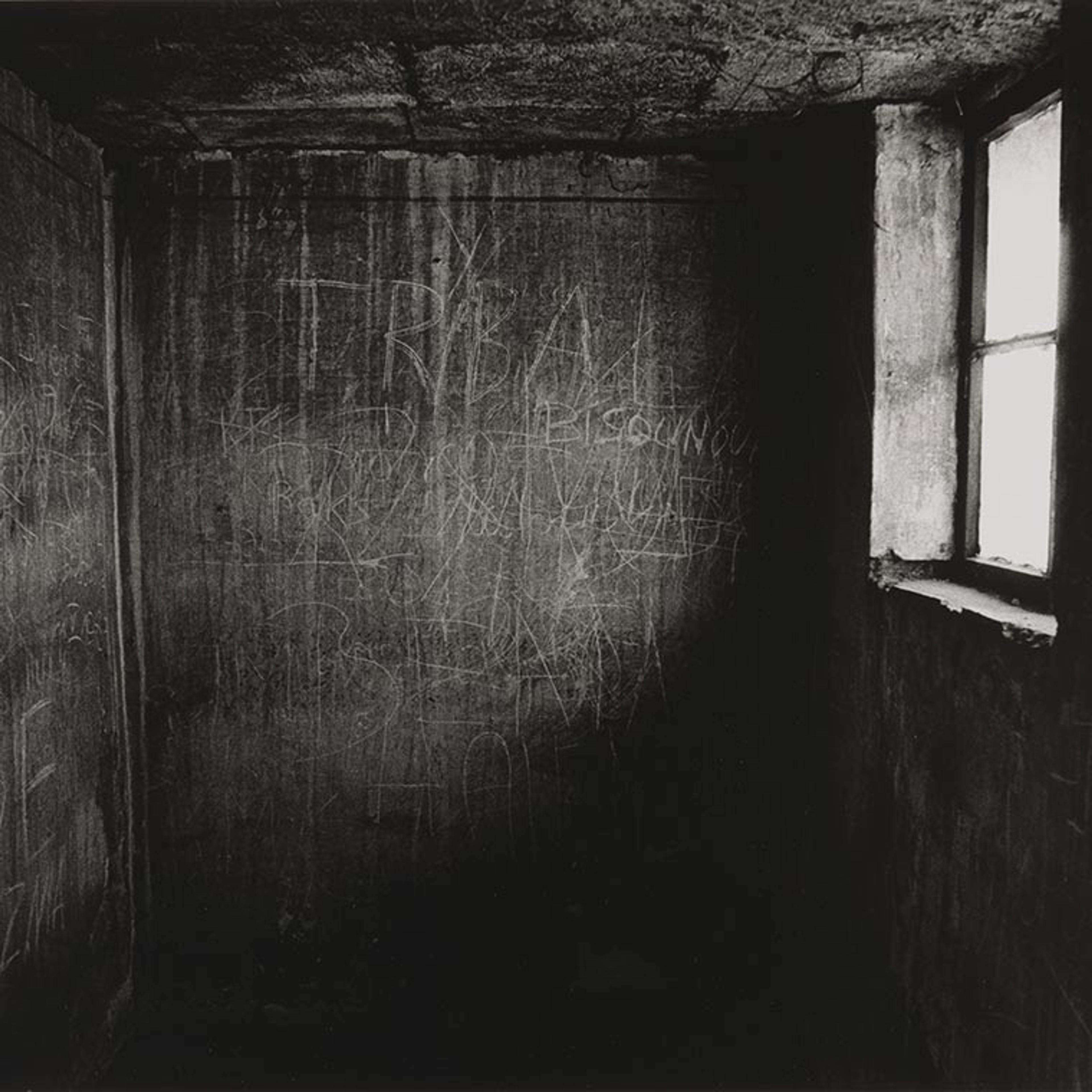
Judith Glickman Lauder (American, b. 1939). "Cell, Auschwitz, Poland," 1988. Gelatin silver print, 11 x 14 in. (27.9 x 35.6 cm). The Metropolitan Museum of Art, New York, Purchase, The Horace W. Goldsmith Foundation Fund, through Joyce and Robert Menschel, 2016 (2016.512). © Judy Glickman Lauder
This Sunday marks the anniversary of the liberation of the concentration camp Auschwitz-Birkenau, on January 27, 1945. Every year on this day—designated in 2005 by the United Nations General Assembly as International Holocaust Remembrance Day—we commemorate the millions of people who perished in the Holocaust under Nazi persecution, as well as the millions of victims of genocides in Cambodia, Rwanda, Bosnia, and Darfur.
This year, International Holocaust Remembrance Day honors the twenty-fifth anniversary of the ending of the genocide in Rwanda and the fortieth anniversary of the genocide in Cambodia, and the theme is "torn from home." According to Holocaust Memorial Day Trust, this year's theme "encourages us to reflect on how the enforced loss of a safe place to call 'home' is part of the trauma faced by anyone experiencing persecution and genocide."
We can pause to commemorate this day and the devastating experiences of those torn from home with a profound image by photographer and humanitarian Judith Glickman Lauder, titled "Cell, Auschwitz, Poland." Made in 1988, the photograph powerfully and profoundly captures loss and memory. At first glance, the image of an empty concrete room covered in marks conveys absence and emptiness. A bare and cramped cell—comprising dull walls, sharp corners, dark crevices, a craggy ceiling—fills the composition, which is devoid of humanity.
Yet natural light from the window illuminates the walls in splashes of grey tones, and hints at the presence of nature and life outside the walls. Revealed by this light are chalky etches that trace a human presence: Something is written on the walls. People were once here.
As viewers of this photograph, we bear witness to this room and are encouraged to reflect on those scratches and words as a record of human suffering. Who wrote on these walls, and what is written? Light and the legacy of lost life converge in this thoughtful photograph in a way that commemorates the tragedy of the Holocaust—with a view of humanity captured within a cell. This photograph, and other objects in The Met collection, testify to the horrors, losses, and human tragedy of the genocides that we pause to remember today.
